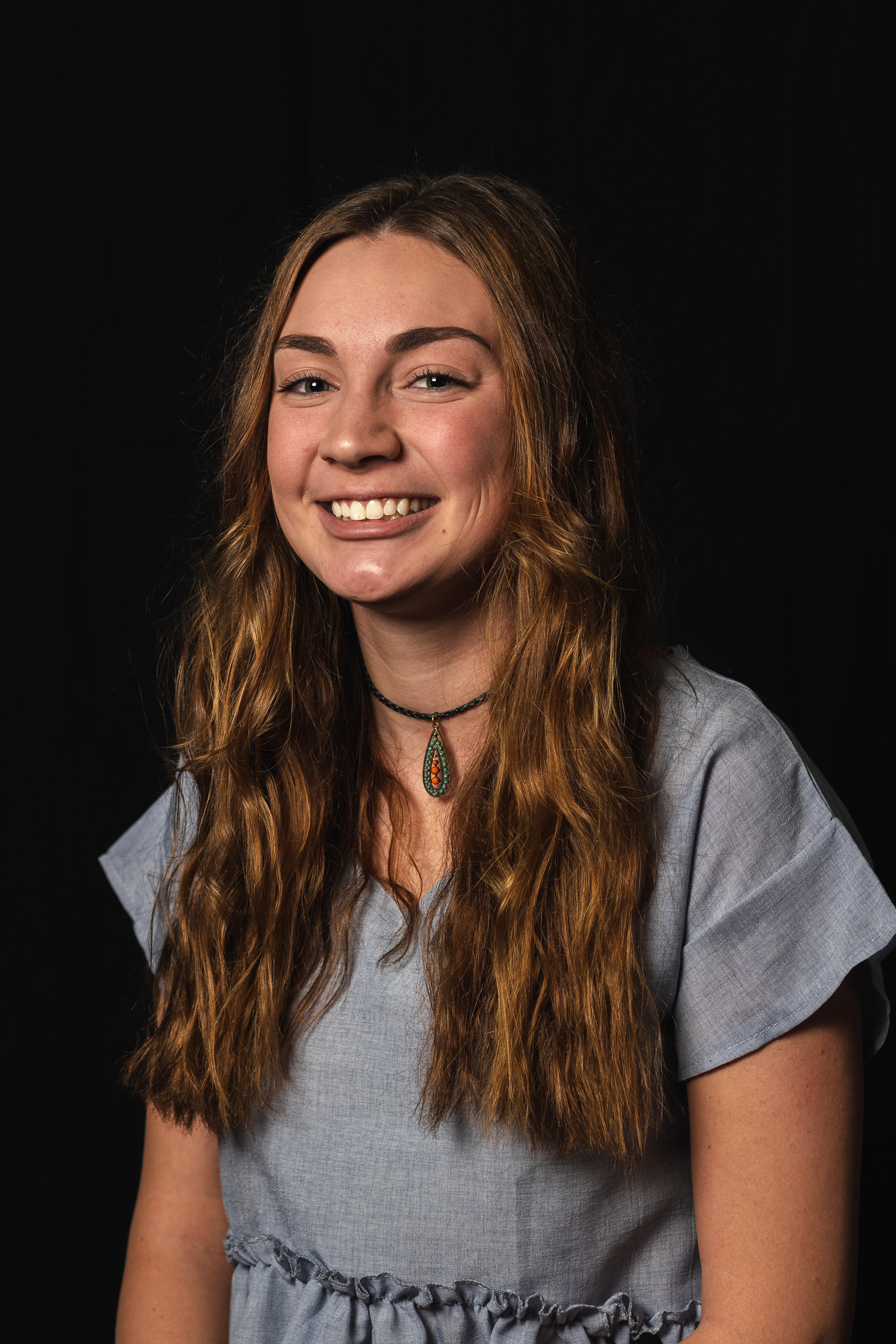Celebration of Scholars
#51: Comparing Physiological Factors Involved in Perceived Threats in BI Individuals
 Name:
Jordyn Kaplan
Name:
Jordyn Kaplan
Major: Neuroscience
Hometown: Parker, CO
Faculty Sponsor: Justin Miller
Other Sponsors: Paul Martino; Daniel Miller
Type of research: Independent research
Abstract
Behavioral inhibition (BI) is a personality trait that causes people to respond to stress differently than Non-Behaviorally inhibited (Non-BI) counterparts. The physiologic substrate which underlies the difference between BI and Non-BI individuals is unknown. Our previously published study demonstrated that BI individuals have lower variability in their heart rate than Non-BI individuals. This has been interpreted as BI individuals having less active parasympathetic nervous systems (PNS). As a continuation of that research, a pilot study will be conducted to test the physiological effects of BI on ulnar nerve stimulation. A correlational analysis will be performed to determine a relationship between BI and physiological factors utilizing electrical stimulation. BI individuals will be identified through a series of self-reported questionnaires. This study’s purpose is to determine individualized stress thresholds correlated with physiological measures such as heart rate, blood pressure, height, weight, and body fat. Using a BIOPAC system, EKG will be recorded as participants experience increasing levels of transdermal (electric) stimulation. Each participant will be administered electrical stimulation beginning at 5 mV and increasing by 5 mV each session until 100 mV is reached. We expect the stressor will increase heart rate and blood pressure in all participants, but it is hypothesized there will be a greater increase in the change in blood pressure and heart rate in BI participants versus those who are not BI.Submit date: April 1, 2022, 1:14 p.m.
